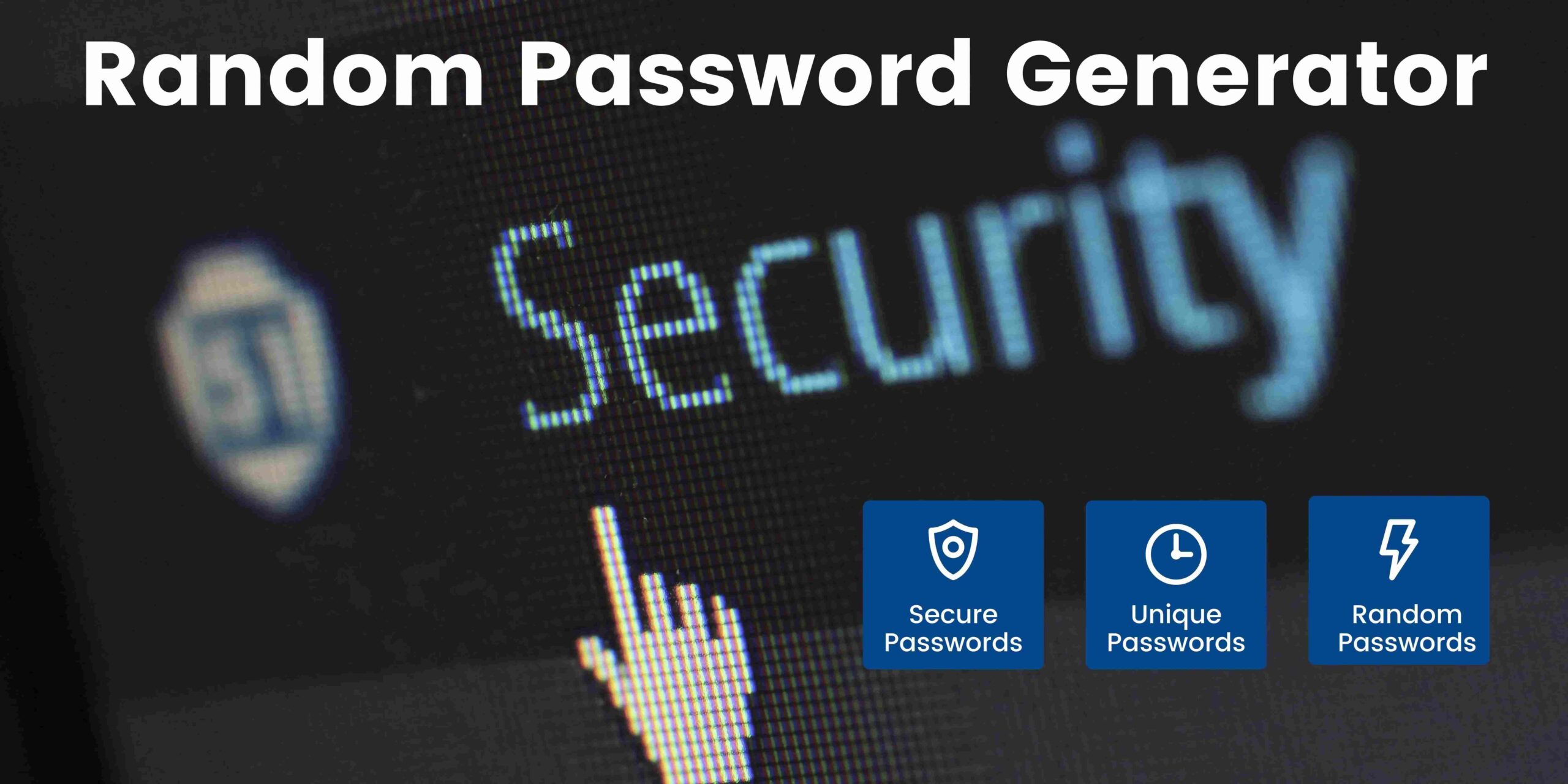In the era of rampant cyber threats, ensuring the security of your social media accounts is paramount. One of the foundational pillars of online security is having a strong, hack-resistant password. In this guide, we’ll delve into the steps you need to take to craft a super-secure password for your social media accounts.
Understand the Anatomy of a Strong Password:
Before you embark on creating a robust password, it’s crucial to understand what makes a password strong. A potent password typically includes a combination of uppercase and lowercase letters, numbers, and special characters. Avoid easily guessable information like birthdays or names.
Length Matters – Go Long:
Longer passwords provide a stronger defense against hacking attempts. Aim for a password that’s at least 12 characters. This extended length makes brute force attacks, where hackers systematically try all possible combinations, significantly more challenging.
Avoid Common Words and Phrases:
Steer clear of using easily guessable words or phrases, even if they hold personal significance. Passwords like ‘password123’ or ‘iloveyou’ are among the first tried by hackers. Opt for a mix of unrelated words or use a passphrase with a blend of characters.
Unique Passwords for Each Account:
Never reuse passwords across multiple accounts. If a hacker gains access to one account, having unique passwords ensures that your other accounts remain secure. Consider using a reliable password manager to help generate and store complex, unique passwords.
Regularly Change Your Passwords:
As part of your security routine, change your passwords periodically. This practice adds an extra layer of protection, especially if there’s been a security breach on a platform you use.
Use Random Password Generator Tools
Random Password Generator Tools excel at creating passwords that are truly unpredictable. Unlike manually crafted passwords that might inadvertently follow patterns or include personal information, these tools generate strings of characters without any discernible order.
Enable Two-Factor Authentication (2FA):
Two-factor authentication provides an additional layer of security by requiring a second form of verification, usually a code sent to your mobile device. Even if your password is compromised, a hacker would still need the second authentication factor to gain access.
Beware of Phishing Attempts:
No matter how secure your password is, falling victim to phishing attacks can compromise your accounts. Be cautious about clicking on suspicious links or providing login information on unfamiliar websites.
Regularly Update Your Passwords:
Technology evolves, and so do hacking techniques. Stay ahead by updating your passwords regularly. Regular updates ensure that you’re adapting to the latest security standards.
Educate Yourself on Current Threats:
Understanding the current cybersecurity landscape is crucial. Stay informed about the latest hacking methods and common vulnerabilities to fortify your defenses.
Monitor Your Accounts:
Regularly review your social media accounts for any unusual activities. If you notice anything suspicious, take immediate action, such as changing your password and reporting the incident.
By following these steps, you’ll significantly enhance the security of your social media accounts, making them less susceptible to unauthorized access and potential compromise. Remember, a little effort in crafting a strong password can go a long way in safeguarding your online presence.

